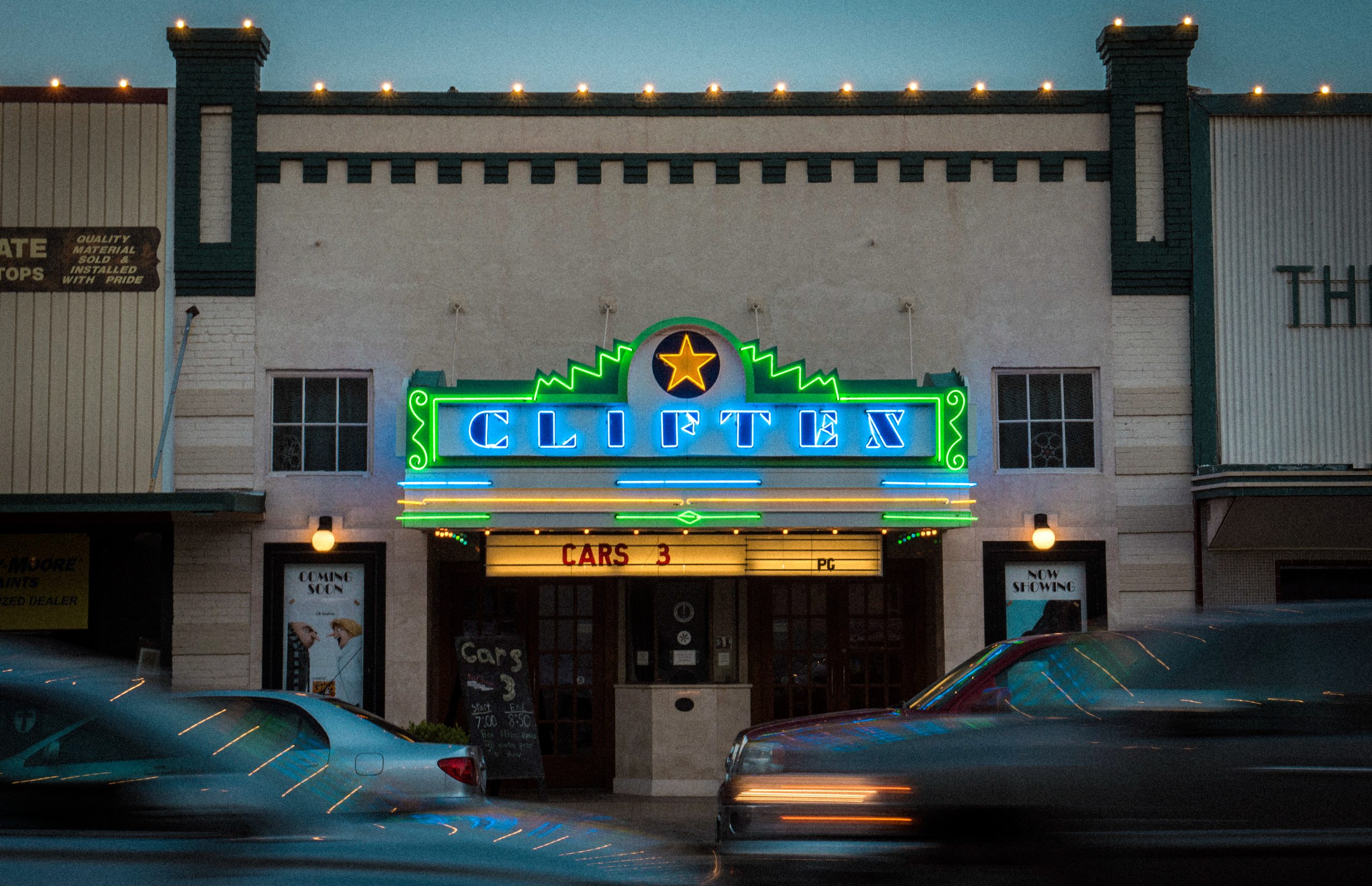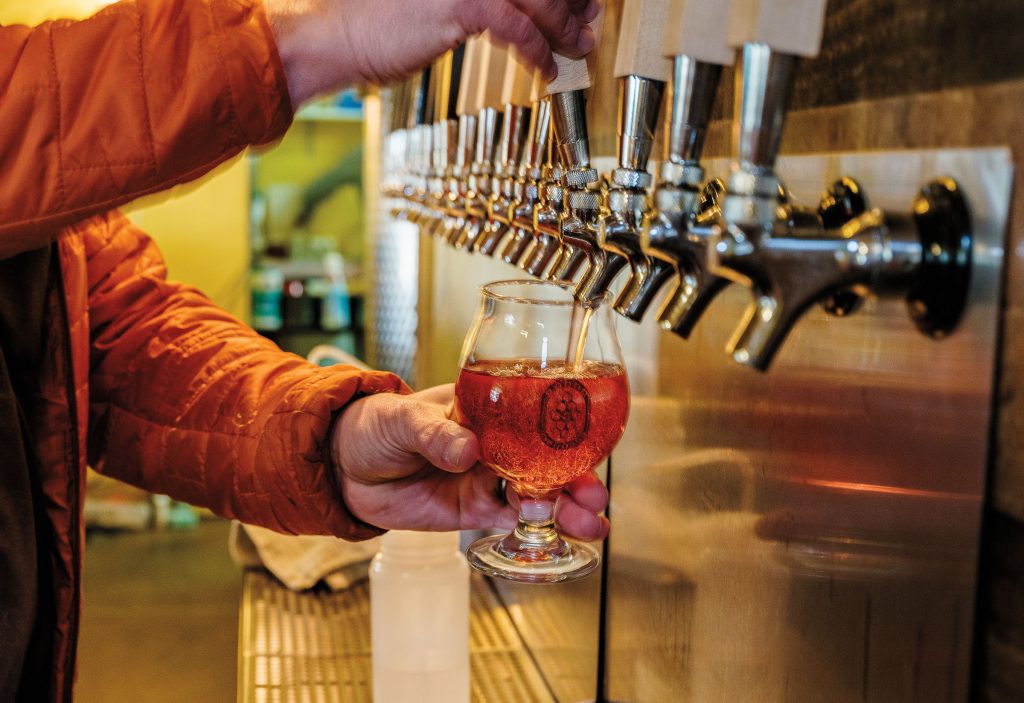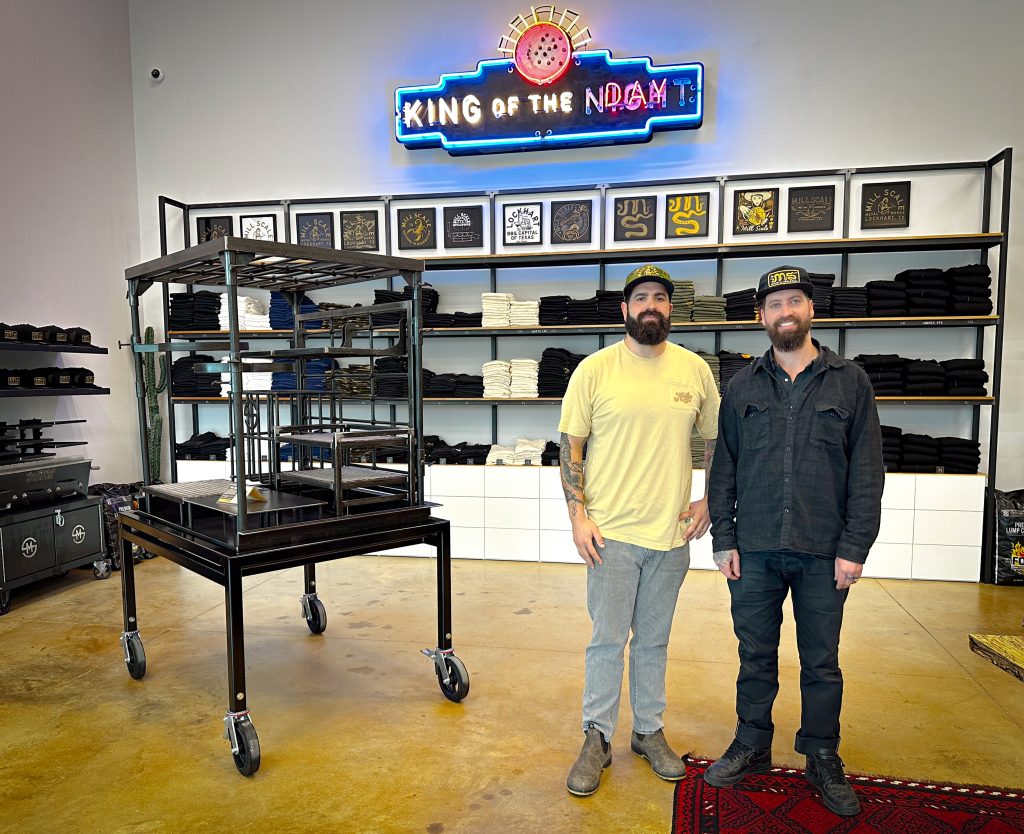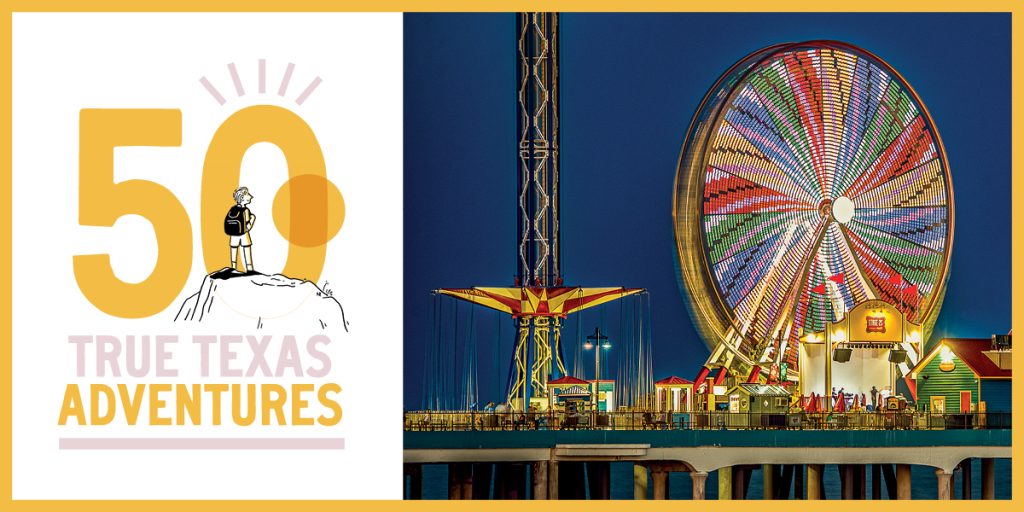
The CLIFTEX theater has served downtown Clifton since 1916. Photo by Kevin Stillman
It doesn’t carry the name recognition of the Alamo, Nacogdoches, Goliad, or other key players in Texas’ history, but San Augustine in deep East Texas has plenty to boast about. It was the first Texas town to be laid out in the standard American grid system. When the 1832 plat detailing it all was recently pulled out of storage, among the signatures of witnesses was future Texas governor’s Sam Houston, who had a law office there.
These are a few of the stories that will be told when the Smithsonian’s Museum on Main Street (MoMS), an outreach program that engages small town audiences and brings revitalized attention to underserved rural communities, sets up its traveling exhibit here on Aug. 24 for six weeks. Of the more than 50 applicants across the state, seven Texas cities were selected for Crossroads: Change in Rural America, which will pop up in areas all over the U.S. After San Augustine, it heads to Clifton, Brenham, Rockport, Buffalo Gap, San Elizario, and Bandera.
Crossroads: Change in Rural America will tell the story of how rural communities have changed over the past 100 years, whether it be “progress or periods of difficulty,” says Mallory Laurel, special projects coordinator for heritage tourism of the Texas Historical Commission.
The commission teamed up with the Smithsonian to provide training for the cities and towns selected so that they can they can supplement the national exhibit—located in a spot of the town’s choosing—with artifacts and photos that tell the local story, too.
“One of the questions we posed to them in a workshop was, ‘Why here? Why these people, and why this place?’” Laurel says. “The more times you ask ‘why,’ the more interesting the story gets and the more you realize that what you have around you that you’ve taken for granted is actually really unique.”
It’s a question that might come to mind when people find out Clifton, 36 miles northwest of Waco, is designated as the Norwegian Capital of Texas. Starting in 1825, hundreds of thousands of Norwegians settled in the U.S. As time went on, they looked for new locations, says Erin Shields, executive director of the Bosque Museum.
“The story is the Norwegians talked to the Cajuns, and they said, ‘Louisiana is great. Come on down here, you can do what you want.’” Shields says. “The Norwegians sent an emissary down there and came back up the Red River. Stephen F. Austin heard about this and he sent his own party to find these Norwegians and they settled in Brownsboro instead.”
As the frontier expanded west, the Norwegians continually searched for new ground. The final place they settled was Clifton, Shields says. The nearby community of celebrates with an annual festival called Fallfest.
Each city selected look at this as an opportunity to bring in visitors not just to see the exhibit but the area as a whole. On average, an extra 2,000 visitors are drawn to Museum on Main Street host cities over the six weeks the exhibit is displayed. The hope is the bump in tourism will give an economic boost to the communities.
San Augustine, today with a population of less than 2,000, plans to entice newcomers to see more of the city by just taking a walk down the street. Like many smaller downtowns, San Augustine’s has some windows on storefronts that are vacant. The town has commissioned local artists to fill them with paintings accompanied by pieces written by area historians. Windows into History will feature works like one of El Camino Real, the historic trail developed in the late 17th century.
“A lot of people don’t realize everything that San Augustine has to offer. We’re going to have all of that on display and ready to go when they’re here,” says Liz Jones, Main Street director for the city of San Augustine. “Hopefully it’ll give them an incentive to come back or tell people about it.”








